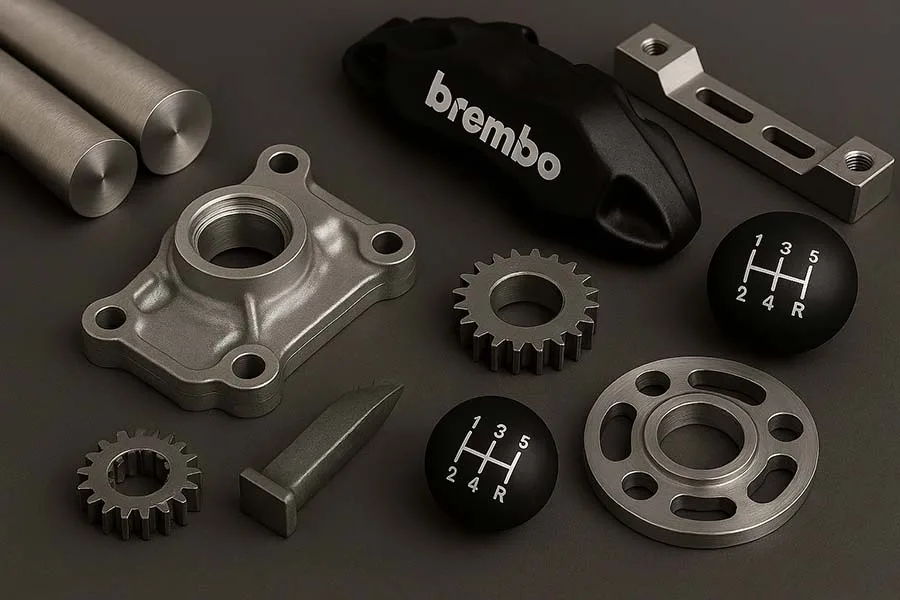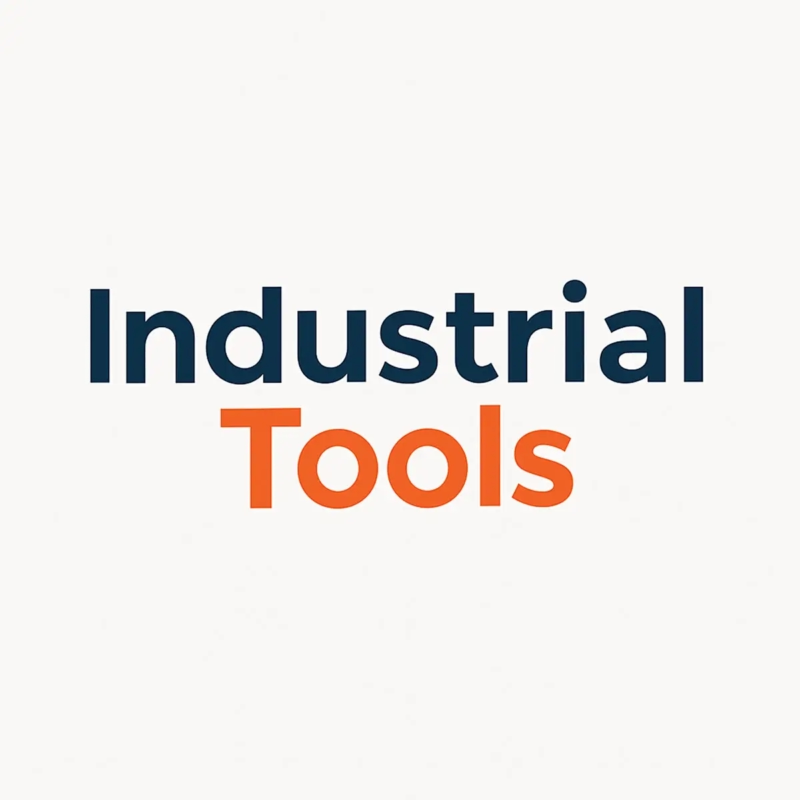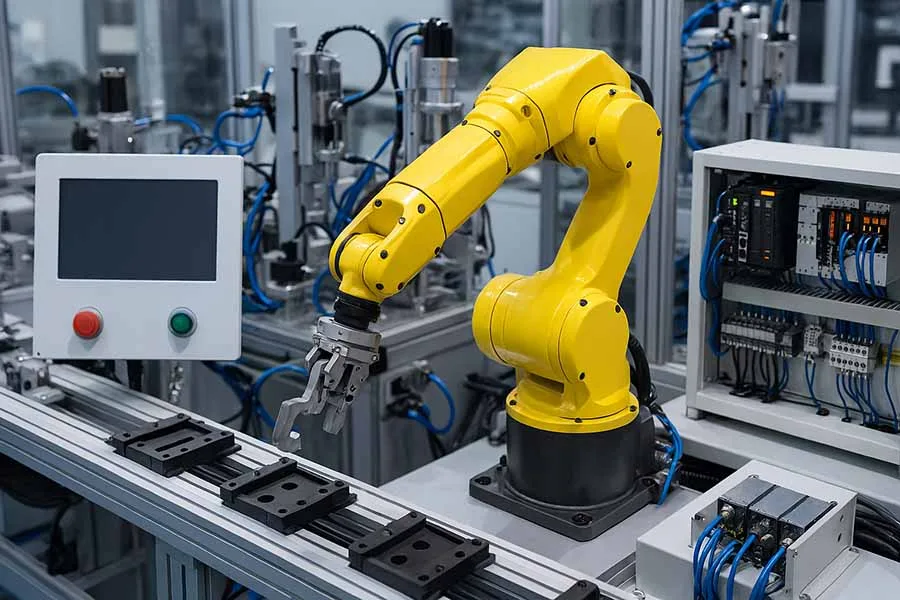CNC machining is at the core of modern automotive production, enabling manufacturers to produce high-precision components for engines, chassis, electronics, and interior parts. From prototyping to full-scale assembly, CNC technology ensures consistency, quality, and efficiency across all stages of automotive manufacturing.
In this article, we’ll explore how CNC is applied in automotive production, the materials used, processes involved, quality standards, emerging trends, and practical tips for manufacturers.
Why CNC is Critical in Automotive Manufacturing
CNC technology drives innovation and efficiency in automotive production:
- Precision: Critical components such as engine blocks, transmission parts, and brake rotors require tight tolerances.
- Consistency: CNC ensures every part meets specifications, reducing variability and improving reliability.
- Speed and Efficiency: Multi-axis CNC machines speed up prototyping and production without sacrificing accuracy.
- Complex Designs: Modern vehicles often require intricate parts impossible to produce with manual methods.
Fun Fact: Some high-end sports car engines are machined with tolerances as tight as 5 microns, barely visible to the naked eye.
Materials Used in Automotive CNC Production
Automotive parts are manufactured using a range of metals, plastics, and composites, each chosen for its specific properties.
1. Metals
| Metal | Properties | Machinability | Typical Automotive Use |
|---|---|---|---|
| Aluminum | Lightweight, corrosion-resistant | Excellent | Engine blocks, body panels, wheels |
| Steel | High strength, durable | Moderate | Chassis, suspension, structural components |
| Stainless Steel | Corrosion-resistant, strong | Moderate | Exhaust systems, fasteners, interior hardware |
| Titanium | Strong, lightweight | Challenging | High-performance engine and exhaust components |
Tip: Aluminum is favored for engine components and body panels due to weight savings, improving fuel efficiency. Steel remains dominant for structural strength and safety-critical parts.
2. Plastics
| Plastic | Properties | Machinability | Typical Automotive Use |
|---|---|---|---|
| ABS | Durable, impact-resistant | Excellent | Interior panels, dashboard components |
| Nylon (PA) | Wear-resistant, flexible | Good | Gears, bushings, mechanical parts |
| Polycarbonate | Tough, transparent | Moderate | Lighting components, instrument covers |
| POM / Delrin | Dimensional stability, low friction | Excellent | Precision mechanical components |
Practical Tip: Plastics are widely used for interior and non-load-bearing parts, reducing vehicle weight and production costs while simplifying machining.
3. Composites
| Composite | Properties | Machinability | Typical Use |
|---|---|---|---|
| Carbon Fiber | Lightweight, very strong | Challenging | Body panels, interior trim, high-performance components |
| Fiberglass | Durable, corrosion-resistant | Moderate | Body panels, structural reinforcements |
| Reinforced Plastics | Tough, stable | Moderate | Instrument housings, trim, interior components |
Lesser-Known Fact: Some modern automotive manufacturers use carbon fiber-reinforced metal hybrids, combining the strength of steel with the weight savings of composites in high-performance vehicles.
CNC Processes in Automotive Production
Modern automotive CNC machining uses a variety of processes to ensure precision, speed, and repeatability:
- Milling: Produces engine blocks, transmission housings, and other complex 3D parts.
- Turning: Creates cylindrical components such as shafts, axles, and pistons.
- Drilling & Boring: For fasteners, mounting holes, and fuel or brake line passages.
- Multi-Axis Machining: 4–5 axis CNC machines handle complex geometries for engine heads, suspension components, and intricate interior parts.
Tip: Automotive production emphasizes high-speed machining and automation to meet tight production schedules.
Quality Standards and Inspection
Automotive components must comply with strict quality and safety standards:
- ISO/TS 16949 quality management standard for automotive parts.
- AIAG (Automotive Industry Action Group) guidelines for traceability and inspection.
- Inspection Techniques:
- CMM (Coordinate Measuring Machines) for dimensional verification
- Laser scanning for surface checks
- Non-destructive testing (NDT) for internal defects
Practical Tip: CNC machining supports traceable production, essential for recalls, audits, and warranty management.
Emerging Trends in Automotive CNC
- Automation & Robotics: CNC machines integrated into robotic assembly lines for faster, consistent production.
- Electric Vehicle (EV) Components: Precision machining of battery housings, motor housings, and lightweight chassis.
- Hybrid Manufacturing: Combining CNC with additive manufacturing for prototypes and complex designs.
- Sustainability: Optimizing material use, recycling scrap metal, and reducing machining waste.
Fun Fact: Some EV manufacturers are using multi-axis CNC milling combined with robotic handling to produce complete battery modules in a single setup.
Choosing the Right CNC Solutions for Automotive Production
When selecting CNC solutions for automotive applications:
- Machine Type: 4–5 axis CNC machines are standard for complex engine, chassis, and body components.
- Tooling: Must handle metals, plastics, and composites without excessive wear.
- Material Knowledge: Understanding cutting parameters for each material improves tool life and part quality.
- Collaboration: Engineers, designers, and CNC programmers must work closely to optimize production.
CNC in Automotive Production FAQ
Read more about CNC Materials & Applications
- CNC Materials & Applications
- CNC in Energy & Oil Equipment
- Materials Used in CNC Machining
- CNC in Aerospace Manufacturing: Precision, Materials, and Technology
- CNC in Automotive Production
- CNC in Medical Devices
Conclusion
CNC machining is an essential part of modern automotive production, enabling high-precision, repeatable, and efficient manufacturing of everything from engine blocks to interior panels. With metals, plastics, and composites carefully selected for each application, and advanced multi-axis machines optimizing production, CNC continues to drive innovation in the automotive industry.





